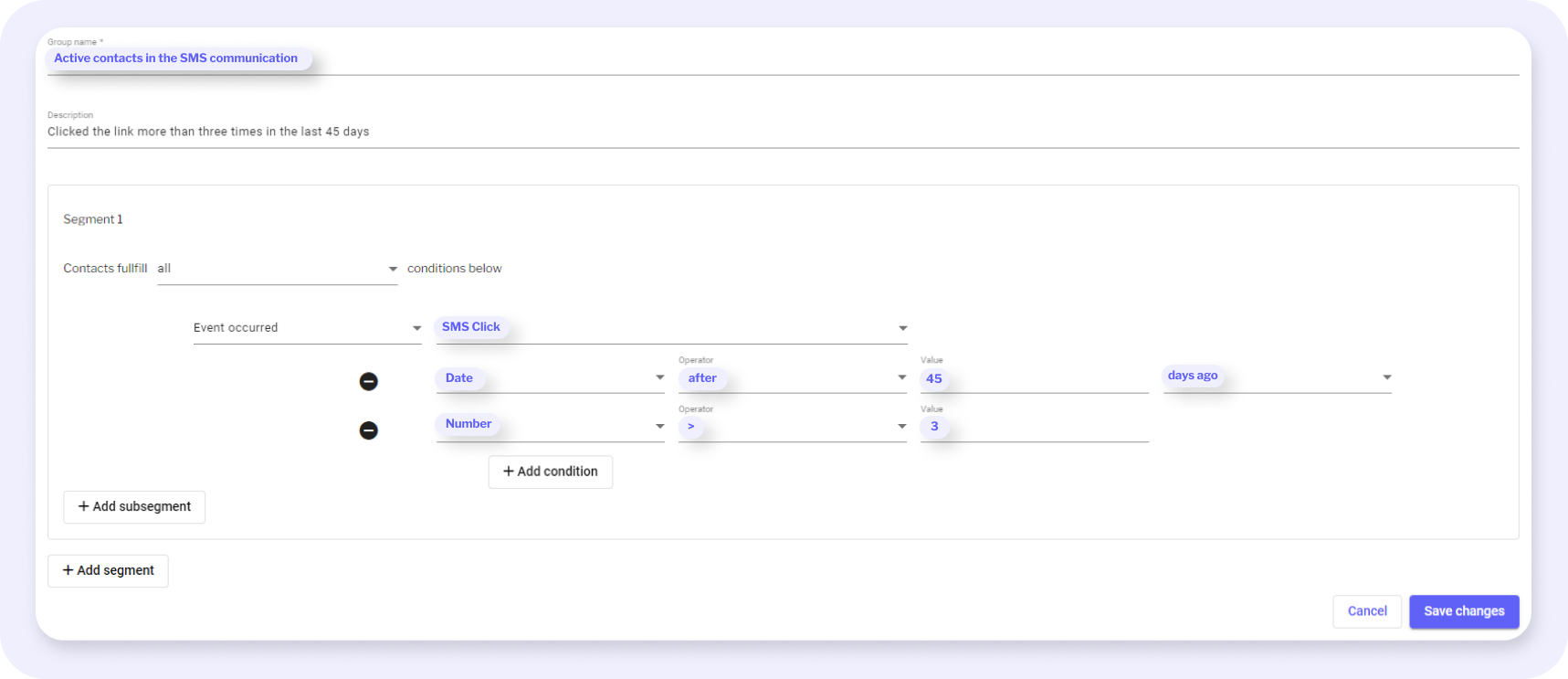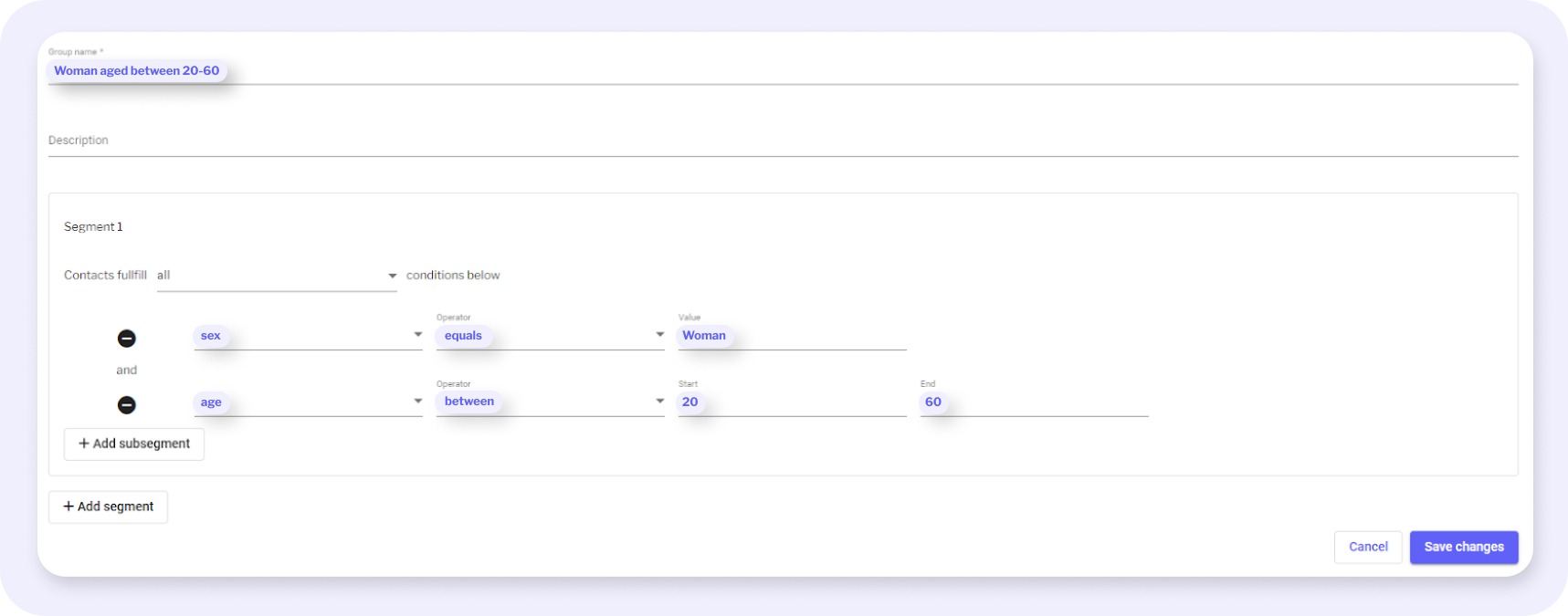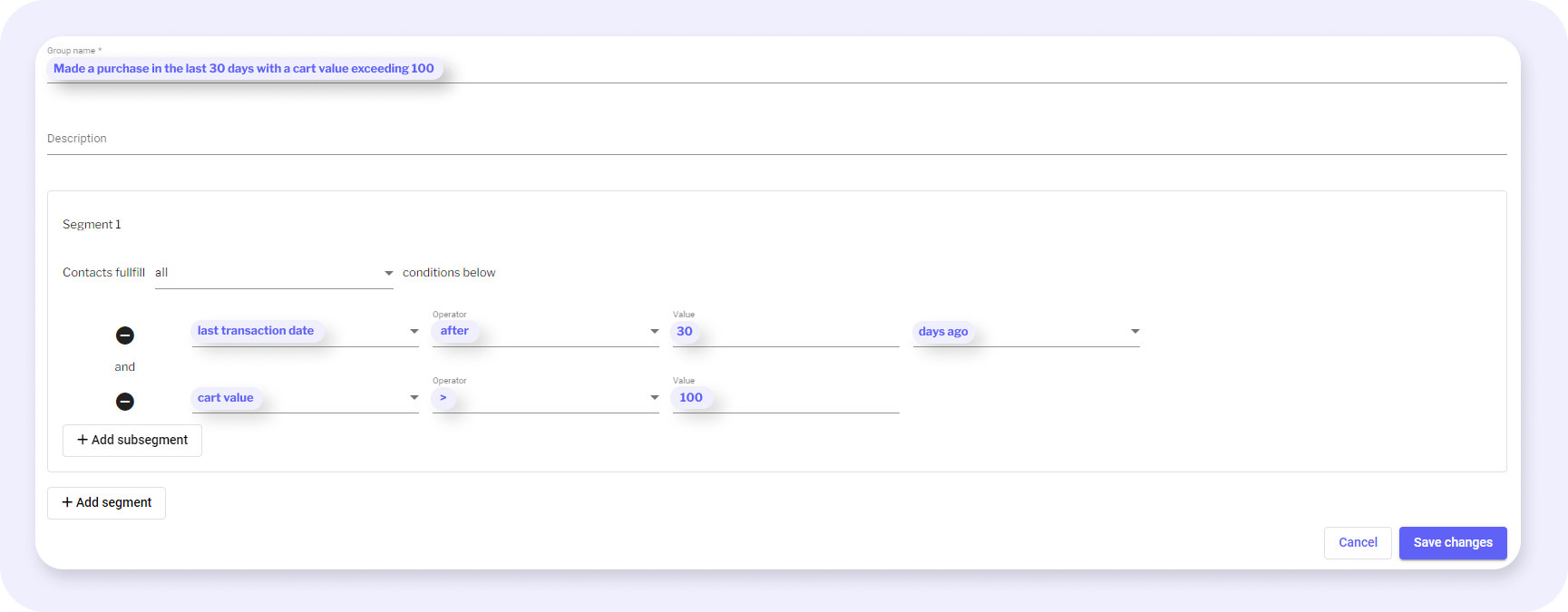It’s already begun! From January 4th 2024, Google started to restrict third-party cookies for 1% of Chrome users with the aim of their complete phase-out in Q3 of this year. Since its browser is the primary choice for 63.6% of global Internet users, Google’s decision has major ramifications for marketers across all industries. The pressing issue now for many businesses is to figure out their data strategies while staying compliant and no longer relying on a technology that’s being discontinued to a large degree. Cookies have been working fine but we’re already seeing the bottom of the jar, so the question is where do you go from here? Well, this is where zero-party data rises to prominence, changing business communication operations, for the better.
Cookies getting stale – a new data strategy is required
In order to better understand the upcoming end of an era, let’s take a second look at cookies – text files exchanged between a user’s browser and a website’s server. Whenever you visit a site, the server sends a cookie file to your browser, storing information like user preferences and other information related to the particular session.
The browser then returns the cookie with future requests, enabling the server to recognize you and enhance your browsing experience based on the previously stored data. Businesses have been using cookies to:
- Understand customer preferences
- Optimize their websites
- Build more effective marketing strategies
- Enhance customer experience
- Personalize messaging
- Run targeted advertising
Cookies have had their merits but have they been a perfect solution? Not exactly. Despite being a valuable tool for collecting user data, they haven’t been free of downsides, some of which include:
1. Limited accuracy: Cookies may not always precisely reflect a user’s current preferences or behavior, as they rely on historical data, while peoples’ inclinations and habits can change over time.
2. Device dependence: Cookies are tied to a specific device and browser. If a user switches devices or uses different browsers, the continuity of data is disrupted, leading to fragmented insights.
3. User privacy concerns: Users conscious of data privacy may actively block or delete cookies, impacting the completeness and accuracy of the data you collect. Increasing concerns about privacy regulations pose another challenge.
4. Limited contextual information: Cookies often lack contextual details about why a user took a specific action. Understanding the “why” behind customer behavior is crucial but may not be captured by cookies alone.
5. Inaccuracies in cross-device tracking: Tracking users across different devices can be challenging, leading to inaccuracies in understanding the complete customer journey.
All in all, the biggest disadvantages of cookie files can be summarized by “inaccuracy” and “privacy concerns”. Not only is the data they provide imperfect, but the way it’s been obtained may raise some doubts as well. Recognizing the Chrome-related changes and attempting to mitigate the downsides of cookies in general, it may be best to rethink your data collection methods and use strategy.
Let’s not cry over crumbs and explore alternative approaches and technologies for personal data handling.
Zero-party data taking the no. 1 spot
The idea of the zero-party data type has been around for a couple of years, but in 2024 it’s gaining an unprecedented prominence. In essence, zero-party data is any personal information a customer willingly shares with you, usually in exchange for a promise of a smoother customer experience. This data can’t really be legally extracted from any alternative source other than the actual owner, which makes it particularly valuable.
The relation here is simple – a customer helps your business better understand them in order to receive relevant, personalized communication and offers. Fair game.
The bottom line is that zero-party data is straightforwardly provided by the customer, which removes the need for running analyses of behavioral data or transactional history, making it top-tier quality for marketing purposes.
Importantly, there’s no “awkward” aspect here, with the customer wondering “how the heck did they know?” Plus, this information may happen to be exclusively in your possession, which gives you a competitive edge. For instance, you may know the customer’s preferred channel of communication, so you’re reaching them right where it makes sense for them, while your competitors keep hitting a never-checked inbox of an Email address they scraped online.
What makes zero-party customer data particularly valuable is that it’s:
- Highly accurate, coming straight from the source.
- Already including the consent for its use.
- Raising the level of possible personalization and engagement.
- Your property, making you independent from providers like Google.
9 ways to collect zero-party data
Now that we’ve established its significance, let’s talk about some strategies for obtaining zero-party data from customers. The process should by no means be about tricking or bribing people into sharing it but rather helping them understand the benefits of it, preferably tangible, long-term ones.
Eliciting zero-party data requires you to be transparent with the users and provide clear value propositions for sharing personal information. Here are some strategies you can try out if you want to collect data directly from your audience:
1. Interactive content and surveys: Create engaging quizzes, surveys, or interactive content on your website or through Emails to encourage users to voluntarily share information about their preferences, interests, and needs.
2. Incentives and rewards: Offer incentives such as discounts, exclusive access, or personalized content in exchange for users providing their zero-party data.
3. Subscription and membership programs: Encourage users to subscribe or become members by highlighting the personalized benefits they will receive in return for sharing their details.
4. Preference centers: Implement preference centers on your website, allowing users to easily manage and update their information regarding content, communication frequency, and product/service offerings they’d like to see.
5. Personalized experiences: Demonstrate the value of sharing data by delivering highly personalized marketing. Show users that by providing information, they will receive content, products, or services tailored to their specific needs and preferences.
6. Transparency and trust-building: Clearly communicate how the collected data will be used, stored, and protected. Build trust by being transparent about your data practices and respecting user privacy.
7. Customized CTAs: Design your website’s call-to-actions to encourage users to share specific information about their preferences or needs, emphasizing the benefits they will gain from doing so.
8. Gamification: Incorporate elements of play to make the process of sharing data more enjoyable. This could include quizzes, challenges, or reward systems that encourage people to provide information willingly.
9. Interactive social media campaigns: Leverage social media platforms to run interactive marketing campaigns that encourage customers to share their opinions and experiences related to your products or services.
Connecting the dots
As you handle the zero-party data collection process in the new cookieless reality, a challenge of its proper utilization comes to the forefront. You may have some sort of a CRM or Customer Data Platform in place, pooling lots of raw information from both off- and online sources, but then comes the question of its further channeling.
Use zero-party data to improve customer experience
In theory, having heaps of data gives you a lot of options but you need to make an effort to avoid siloing. It’s crucial to start passing on the information you collect in order to make efficient use of it.
Marketing communication, a fundamental part of a modern-day business operations, is one area that’s extremely receptive to all sorts of data making it more impactful. Audience segmentation, which is a key step within the grander scheme, proves to be indispensable in putting the hard-won zero-party data to good use.
Unlocking the power of zero party data with segmentation
Now, there are many ways you can approach your business communication. Starting from strategy, to tone of voice, up to the very tool you’re going to use to convey your message. In fact, your CDP, or another overarching system that serves as the main data aggregator, may offer some messaging capabilities but considering how important this aspect of operations is, turning to a dedicated tool can be a strategically sound move indeed.
Here at MessageFlow, we offer a comprehensive customer engagement platform you can link any of your existing systems with using RESTful API and delegate raw data to in order to precisely target your communication.
Our main strength in the context discussed here lies in the platform’s dynamic segmentation feature. MessageFlow helps you create any number of customer segments critical to your business and then sort the zero-party data you hold within them to make the eventual communication campaigns super precise and effective.
To give you a glimpse of the feature’s capabilities, here are three sample segments, focusing on various aspects of business communication:
- Engagement with the SMS content

- Sex and age of the audience

- Detailed purchase parameters

In essence, our industry-leading API allows us to:
- Receive and sort your raw data sets.
- Design an automated messaging sequence.
- Optimize in real-time based on customer behavior.
Leverage zero-party data to enhance marketing efforts
MessageFlow allows for granular identification of a particular user and adjusting the communication accordingly based on both declarative and dynamically changing behavioral data highlighting specific actions taken by them in the buying process to create personalized marketing campaigns making a difference.
On top of that we have communication capping – the option to limit the number of sent messages – to make sure the overall experience isn’t affected and the customer receives only the information that’s important to them. By analyzing what content the user is engaging with, we’re capable of introducing the capping, as well as moving users between segments to further increase the relevance of communication.
Instead of offering a ton of gimmicky marketing automation features you won’t use anyway, we focus on real-world, proven scenarios which we’re able to implement within days with no involvement required on your end. All we need is access to your data.
All in all, our approach assumes integration done via API which we’ll be happy to assist you with, setting up customer segments, starting with general ones, which are then optimized in line with your business goals to make them more specific, running tests, and finally launching the entire streamlined communication workflow.
Impactful business communication in 2024 and beyond
Both legal and efficient use of customer information is central to successful marketing in 2024. Incorporating more of zero-party data and decreasing reliance on third-party data in your communication strategy is a sureshot way to creating a better customer journey.
Learn more about Business Communication Trends for 2024
To summarize the idea, it’s the context in which you obtain it, and not any specific type, that defines zero-party data which is consensually coming directly from the customer. An Email address can be anywhere from zero- to first-party data, second-party data, to third-party data, depending on how your business came into its possession. What’s originally a zero-tier information can evolve into other types. Also, remember that many of the zero-party data points like opinions or preferences aren’t set in stone and may change over time.
Now, despite being extremely useful, the true value of first-hand customer information emerges once you skillfully apply it in your communication efforts. A user engagement platform like MessageFlow allows for detailed customer segmentation and establishing of dynamic marketing automation workflows properly utilizing the zero-party data you collected.
Aside from that, you can also use it to run campaigns aimed at obtaining more of such quality information to enhance your future operations instead of relying on anonymous data pulled from various sources.